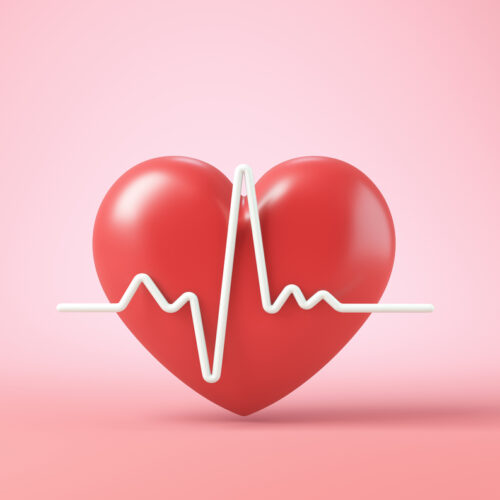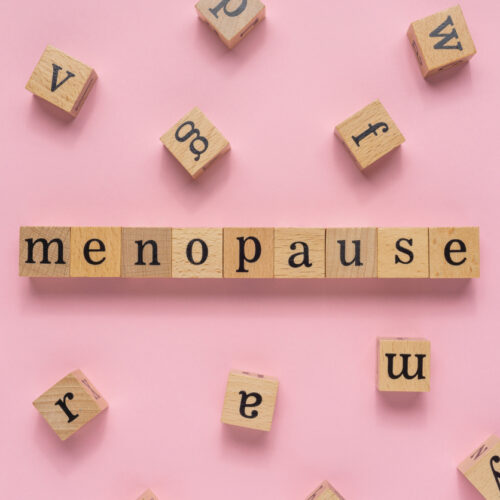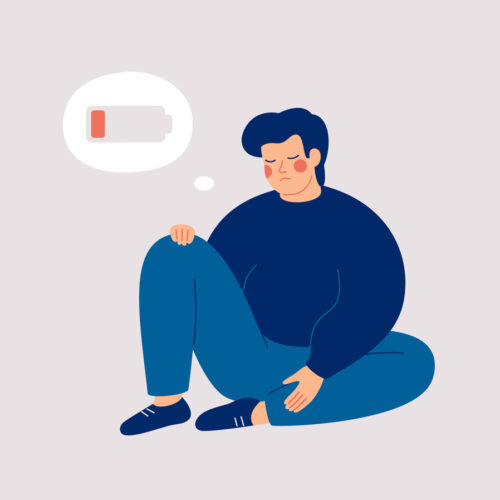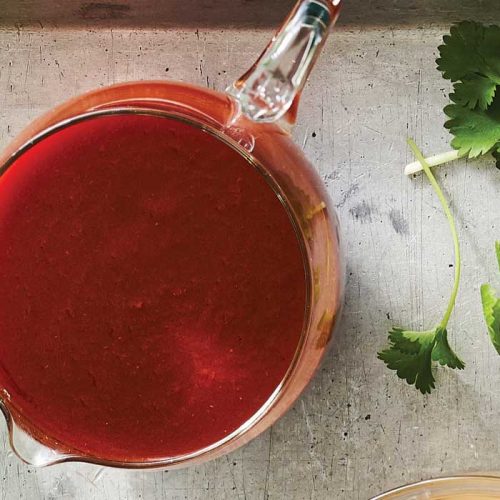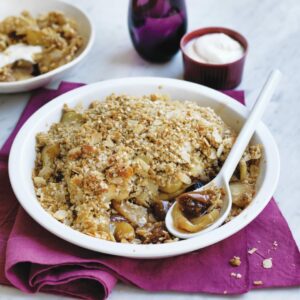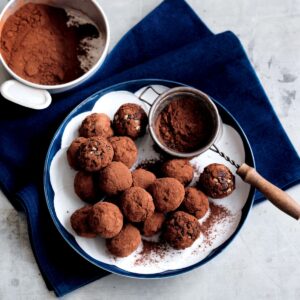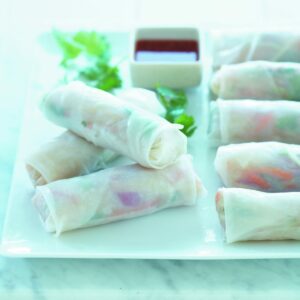
A range of low-alcohol drinks is pouring onto bottle-shop shelves. Dietitian Brooke Longfield wades through the options in this guide to whether light alcohol really is a healthier option.
With Christmas and New Year celebrations all crammed into a couple of months, it can start to seem like you’re at a never-ending party—which means many of us drink more than we usually do.
There’s now a growing range of alcoholic drinks that are lower in alcohol, carbs and calories/kilojoules, however, unlike some soft drinks, these ‘light’ options aren’t free of calories, so it’s a good idea to familiarise yourself with what you’re actually drinking.
Light in what?
People often refer to alcohol as ‘empty calories’ because, gram for gram, alcohol is brimming with almost double the energy of carbs or protein, but with none of their nutritional value.
Even more problematic, liquid calories are generally less filling than food, which makes it easy to drink more than half of your daily energy needs.
Although ‘light’ drinks are low in alcohol, that doesn’t mean we can drink twice as much!
Lower-alcohol wine
The demand for reduced-alcohol wine is also on the rise, and a range of red, white and sparkling varieties is now available. Wines from cooler climates and early-harvest grapes are naturally lower in alcohol, yet retain all of their flavour.
Regular wine is about 12-13 per cent alcohol—which is where most of its calories come from. Decreasing the alcohol content to 7-9 per cent results in roughly 25 per cent less calories.
Lower-alcohol beer
If you’d rather grab a ‘cold one’, your best option is a light beer. With around 2.7 per cent alcohol, light beer contains significantly less alcohol and fewer calories than full-strength beer, which is about 4.8 per cent alcohol.
Low-carbohydrate beers are popular with health-conscious young men, who deem them less bloating. Each bottle saves you about 7g of carbs—the equivalent of half a slice of bread.
Although low-carb beer seems like a healthier choice, it offers the same amount of alcohol as regular beer does. This means you’re saving only a small number of calories, as you’d consume 120kJ/29cal per 100ml of low-carb beer instead of 150kJ/36cal per 100ml of full-strength beer. Still, from a nutritional perspective, a light beer is slightly a healthier option.
Spirits and cocktails
Spirits are, on average, 40 per cent alcohol. A standard 30ml serve has around 270kJ (65cal), but it’s the mixers, like soft drink and fruit juice, that fill your glass with sugar and calories.
Ready-made cocktails, such as Vodka Cruisers and Bacardi Breezers, tend to be quite high in sugar, usually more than 250kJ (60cal) per 100ml.
Mix spirits with soda and fresh lime (or diet soft drinks), and when you’re drinking bottled cocktails, opt for sugar-free versions.
Four top tips for healthier drinking over the holidays
- Sip a spritzer made with soda or mineral water instead of a full glass of wine.
- Drink a glass of water in between your alcoholic beverages to rehydrate.
- Pour at least five glasses from one bottle of wine. Make it last as long as you can!
- Aim to enjoy no more than two standard drinks a day, and try to have at least two alcohol-free days each week.
For more on healthier drinking read: How many kilojoules in alcoholic drinks?, How alcohol affects your health, and Alcohol percentage of common drinks
www.healthyfood.com




